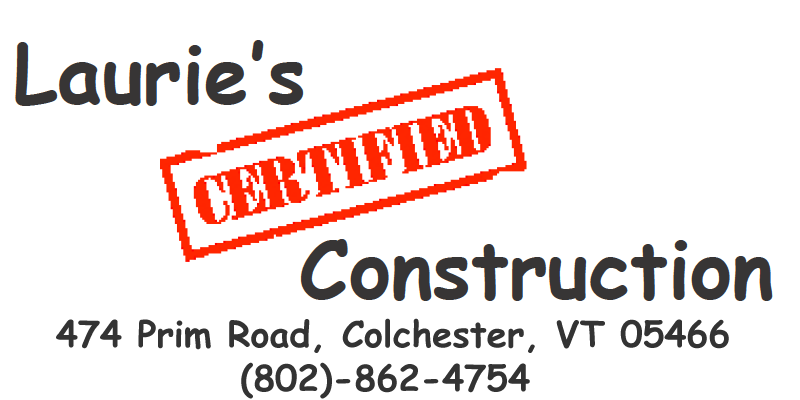Could Trim or Crown Molding be the Final Detail Your Home’s Interior Needs?
When you talk about a perfectly finished home interior, few things can achieve the effect of the trim or crown molding. If you feel that your interior design is lacking something, installing some type of trim might be the answer you’re looking for. It can make a big difference to the look of your floors, walls, and ceilings. It can even be used to spruce up walls that don’t look as good as they should, or to give a room the illusion of height where it is lacking.
Trim installation is one of those projects that usually have do-it-yourselfers salivating. Many of them feel that this is an easy job, but you can quickly run into problems if you’re not experienced. Sometimes, the corners are not as sharp as they should be or the walls may be slightly uneven. Or you may not be familiar with cutting edges that need to fit seamlessly together and you run into the need to use caulk to create the seamless appearance.
All of these situations can leave you feeling like you’ve taken on more than you can handle and go from fun to overwhelming in a matter of seconds. So while trim seems simple, you should not try to install it unless you fully understand what you are getting into.
Common Installation Problems
The flexibility of most types of trim allows for adjustments when the wall surface is less than cooperative. Sometimes spaces are noticeable when the trim rests on the wall. This could be due to heavy use of compound in the drywall joints. Removing some of the compound can be tricky, and it is easy to make a mistake. Working on the trim itself is usually the safer option. The problem can sometimes be solved using construction adhesive. For the non-flexible trim types, it is best to use caulk to fill the spaces to create a finished look.
Always keep in mind that the process of dealing with spaces may vary slightly depending on whether you have carpets or use some other type of flooring option such as laminate. Novice trim installers sometimes run into problems with splicing two pieces of trim together. It truly can be a tricky project if you’re just getting into it for the first time.
DIY or Professional Help
One of the downsides to trying to install trim or baseboard molding yourself is that you will not have the necessary tools and materials on hand. Equipment like a miter saw is something you are not likely to use again, so common sense dictates that you rent it instead of buy. However, inexperienced users may have difficulty getting the kinds of cuts they want at first. While DIY is always a fun option, when it comes to something like installing trim, some finesse is required.
During any trim installation job we pay attention to detail. Our experience will count when you demand quality workmanship that gives your home’s interior the look you want. Give us a call at 802-862-4754 if you’re in Colchester, VT or the surrounding areas and would like to schedule a consultation for tying your rooms together with trim or crown molding.

